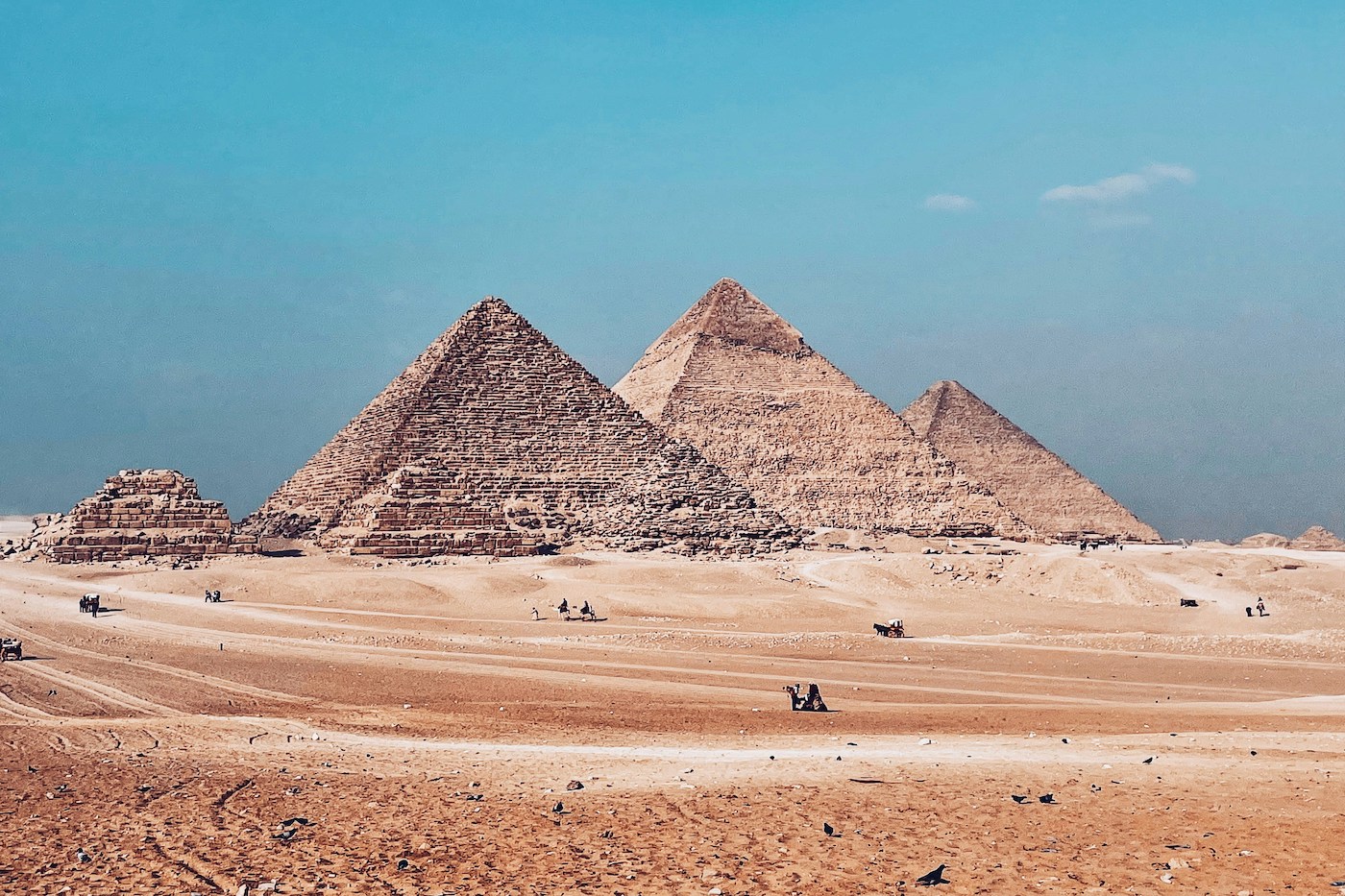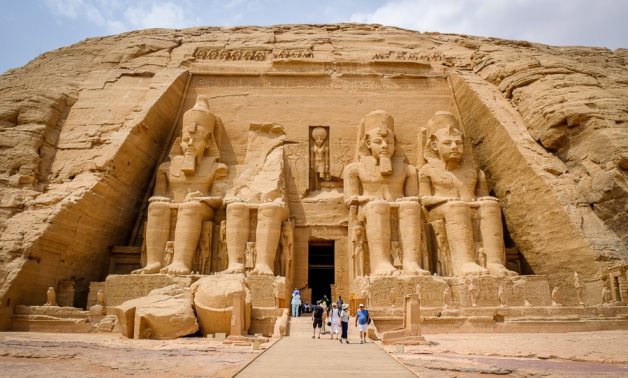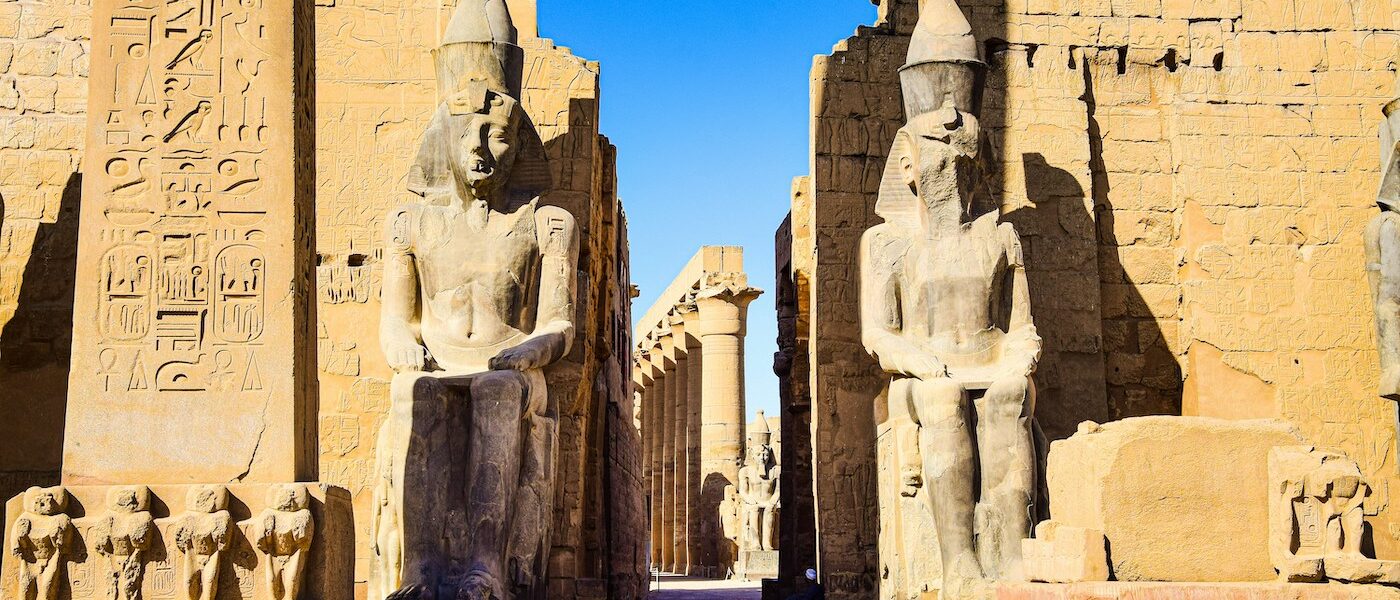The Origins and Development of Hieroglyphic Writing
Hieroglyphic writing dates back to the Early Bronze Age, around the 33rd century BC. This system evolved from proto-literary symbols to become a mature writing system by the Middle Kingdom. During this period, approximately 900 distinct hieroglyphic signs were in use. Far from being a mere means of communication, this form of writing was also an art form, employed in monumental inscriptions and religious texts.
Hieroglyphs combined logographic, syllabic, and alphabetic elements, using over 100 distinct characters. The system continued to develop, giving rise to cursive hieroglyphs for religious literature on papyrus and wood. This script then spawned the Egyptian hieratic and demotic scripts and even influenced the development of the Proto-Sinaitic script, the precursor to the Phoenician alphabet. Through these channels, hieroglyphic writing indirectly contributed to the formation of modern scripts, including Latin, Cyrillic, and Arabic.
Knowledge of hieroglyphic writing was lost with the closure of pagan temples in the 5th century AD. For centuries, the script remained undeciphered, shrouded in mystery. It was only with the discovery of the Rosetta Stone and the efforts of Jean-François Champollion in the 1820s that the hieroglyphs were finally deciphered. This breakthrough unlocked a wealth of knowledge about ancient Egyptian civilization, allowing modern scholars to read and understand the texts left behind.
The Rich Vocabulary of Ancient Egyptian Texts
Ancient Egyptian texts, written in hieroglyphs and hieratic, comprise approximately 5 million words. Including duplicates, this number may be as high as 10 million. The most comprehensive dictionary of the ancient Egyptian language, the “Wörterbuch der ägyptischen Sprache,” contains between 1.5 and 1.7 million words, reflecting the extensive and nuanced vocabulary of this ancient language.
The term “hieroglyph” comes from the Greek word “hieroglyphikos,” meaning “sacred engraving.” This reflects the Egyptians’ view of their writing system as divine, with the glyphs referred to as “words of the gods.” The Greek interpretation of hieroglyphs as mystical and sacred contributed to the appeal and fascination surrounding this ancient script.
Hieroglyphic writing is distinguished by the use of three types of glyphs: phonetic, logographic, and determinative. Phonetic glyphs include simple consonant characters that function like an alphabet. Logograms represent morphemes, while determinatives help clarify the meaning of words. This multifaceted approach to writing allowed for a rich and flexible means of communication.
Monumental Inscriptions in Everyday Use
Although hieroglyphs were often used in monumental inscriptions, they also appeared in everyday writing, especially in their cursive forms. Hieratic and demotic scripts were better suited to writing on papyrus and everyday documents. Despite the development of these simplified scripts, hieroglyphs remained in use for formal and monumental texts.
Under Persian, Ptolemaic, and Roman rule, hieroglyphs continued to be used, although their meaning became obscure over time. The script’s final known use dates from the 4th century AD, but its legacy has endured in the works of scholars and the fascination of later cultures with ancient Egypt.
The fascination with hieroglyphic writing extends far beyond academic circles. Hieroglyphic symbols have penetrated modern culture in diverse ways, from art and architecture to literature and popular culture. The mystical allure of ancient Egypt has inspired countless works of fiction, films, and even video games, keeping the legacy of hieroglyphics alive in the collective imagination.
Hieroglyphs in Popular Culture
Hieroglyphs have often been depicted in films and television series set in ancient Egypt. Films such as “The Ten Commandments” and “The Mummy” TV series popularized the image of hieroglyphs as ancient and mystical symbols. In literature, hieroglyphs often appear in stories about archaeologists and adventurers, adding an element of mystery and discovery.
Media depictions of the hieroglyphs contribute to their worldwide renown and attract new visitors eager to see this iconic site with their own eyes. Documentaries and television programs about ancient Egypt often feature segments on the temple, highlighting its architectural, historical, and artistic aspects. These educational productions help spread knowledge and generate interest in Egyptian history.
Hieroglyphs also play an important role in education, particularly in the fields of history and archaeology. Museums around the world feature exhibitions on ancient Egypt, showcasing artifacts adorned with hieroglyphs. Interactive exhibits and digital reconstructions help bring these ancient texts to life, allowing visitors to experience the grandeur of Egyptian civilization firsthand.
Hieroglyphs in Modern Design
The aesthetic appeal of hieroglyphs has influenced contemporary design. Artists and designers draw inspiration from the intricate symbols and patterns found in ancient Egyptian art. Hieroglyph-inspired motifs and designs can be seen in fashion, jewelry, and even home decor, blending ancient art with modern sensibilities.
For those interested in delving deeper into the world of ancient Egypt, learning to write in hieroglyphics can be a rewarding endeavor. Many resources are available for enthusiasts, from online courses and tutorials to specialized books and workshops. Understanding the basics of hieroglyphic writing opens up a new dimension of appreciation for Egyptian culture and history.
Technological advances continue to revolutionize the study of hieroglyphs. Digital tools and software now allow researchers to analyze and interpret hieroglyphic texts more effectively. Virtual and augmented reality experiences allow users to explore ancient Egyptian sites and inscriptions in unprecedented detail. These innovations help preserve and disseminate knowledge about hieroglyphs, ensuring that this ancient writing system remains accessible to future generations.
The Future of Hieroglyphic Studies
Modern digital tools allow researchers to explore hieroglyphic inscriptions with unprecedented precision. Virtual reconstructions offer new perspectives on the daily lives, rituals, and beliefs of ancient Egyptians. With these technologies, researchers can continue to discover and share the riches of Egyptian history with a global audience.
Educational initiatives and outreach programs play a key role in preserving the legacy of hieroglyphics. By encouraging the learning and understanding of this complex writing system, we can ensure that future generations will continue to be fascinated and inspired by ancient Egypt.
In conclusion, hieroglyphic writing is more than just a communication system; it is a window into an ancient civilization and a legacy that continues to influence and inspire the modern world. Whether in film, design, or education, hieroglyphics remain a powerful symbol of human ingenuity and the perpetual quest for knowledge.







